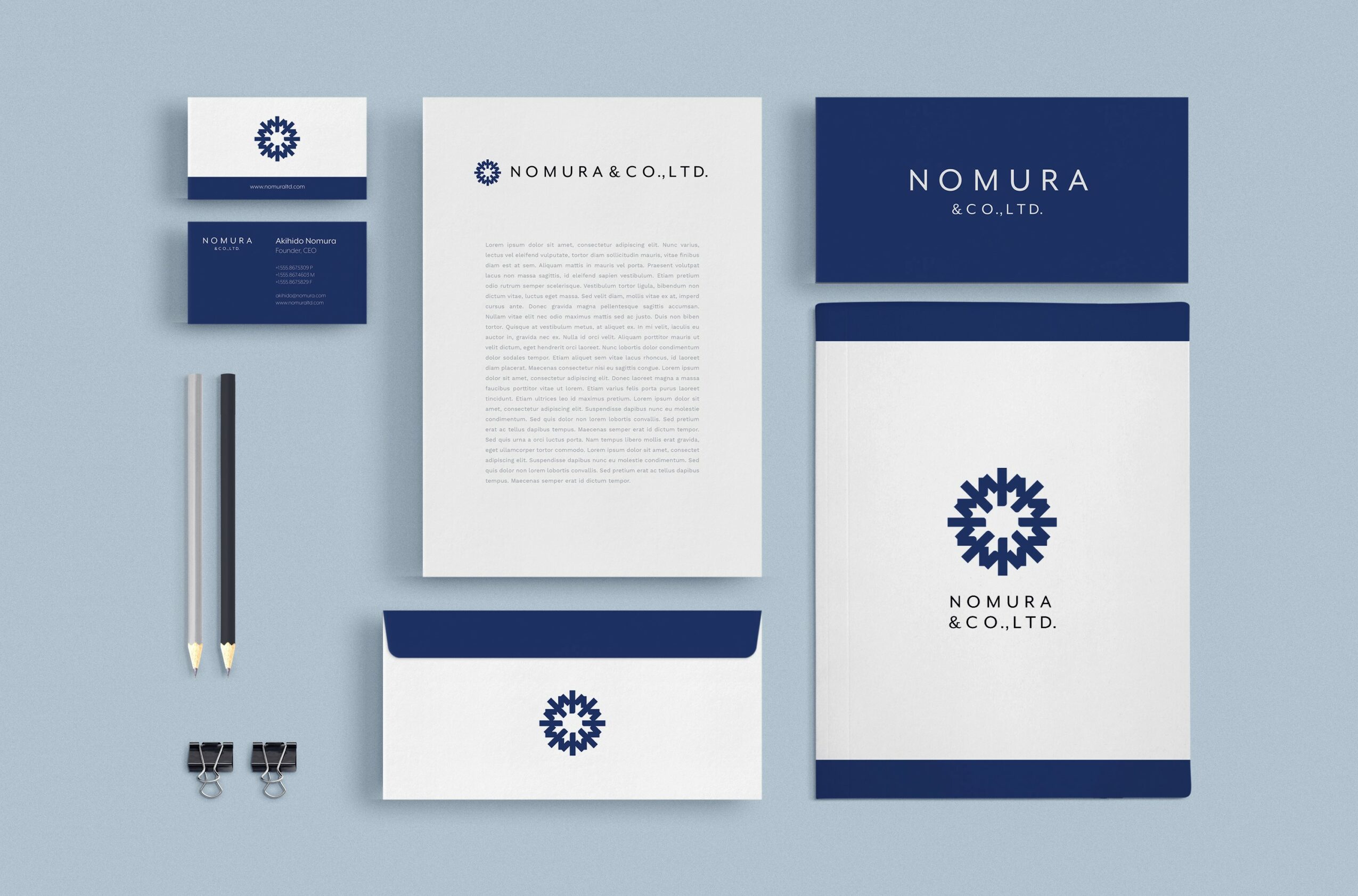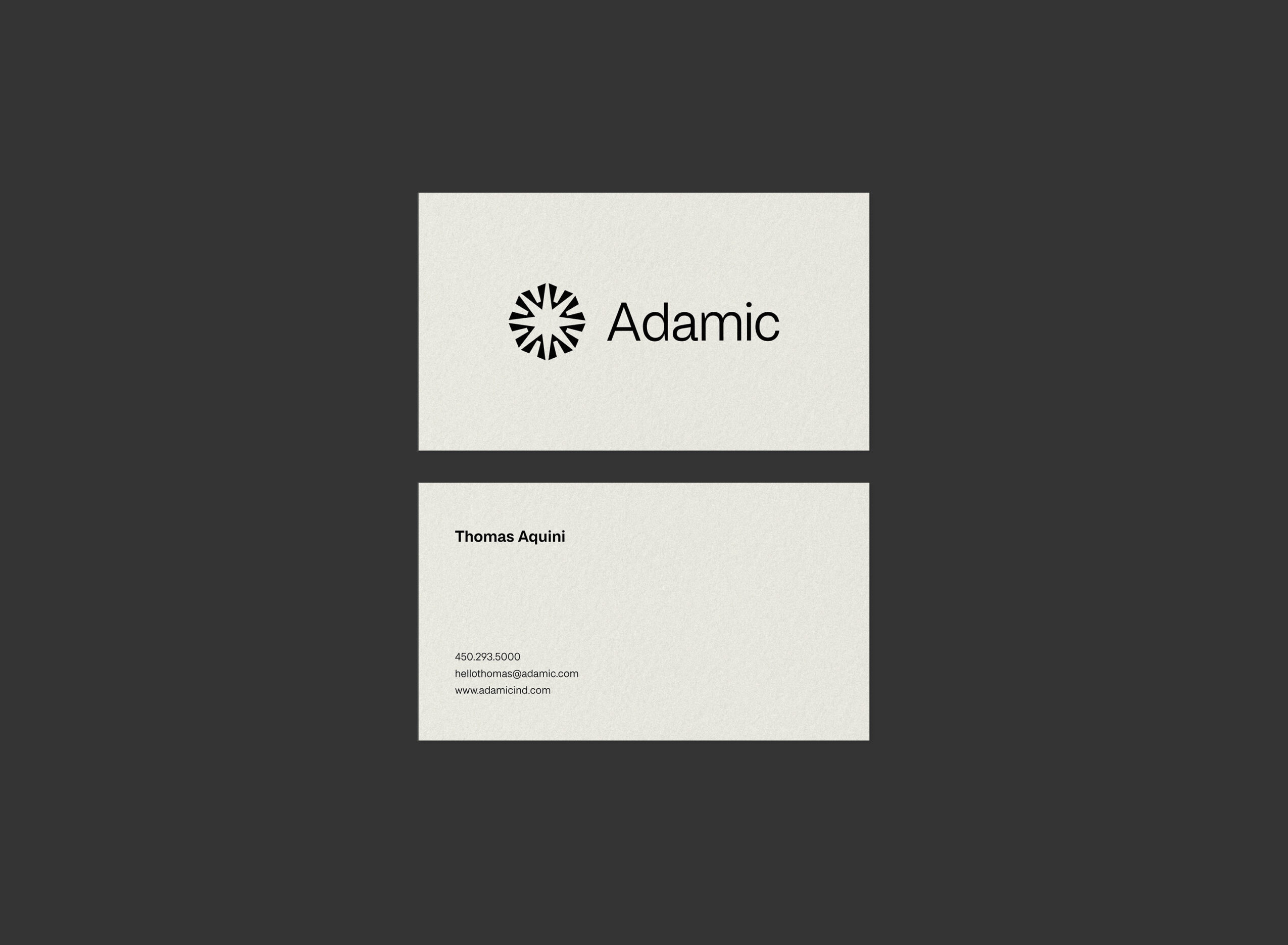

Today we’d like to introduce you to David Friend.
Hi David, thanks for joining us today. We’d love for you to start by introducing yourself.
I had some ambition as a teenager to run my own business, but it wasn’t necessarily something I thought I would really do until after working my first few ‘real’ jobs. During that time, when I was employed by some big retail chains, a few things I had always thought were strongly reinforced.
First, I didn’t enjoy work that didn’t allow me to actually get to know the people I was serving (in retail, you have the same one or two conversations with hundreds of people whose names you never learn).
Second, I’m not interested in work that’s only concerned with the bottom line and doesn’t allow for meaningful exploration of ideas.
And third, I genuinely enjoy collaborating with people, but I don’t much care for working for people.
For better or worse, I only really do well when I have some autonomy over ideas and time management. I’m grateful to say that graphic design—and my future projected illustration work—allow me to address all three of those points with satisfaction.
As for how I got to where I am, it would be a serious shame if I didn’t give credit where it’s due. I thank God, my family, and my mentors and colleagues for everything. I’ve certainly put in the time and practice to learn what I need, but without support from others (financially, emotionally, or otherwise), people being willing to teach me, and what I believe is God’s grace in my life, I simply wouldn’t have been able to learn or do much of anything.
Can you talk to us a bit about the challenges and lessons you’ve learned along the way. Looking back would you say it’s been easy or smooth in retrospect?
There have been some struggles along the way. Like other guys in their early 20s, I sometimes made big decisions without thinking through exactly how they could happen on a practical level. I wanted to start my own business but had no idea how a business gets started or what to do to get the ball rolling. On top of that, I was still new to graphic design, and I knew nothing about the business and administrative side of running a functional company.
In other words, I was trying to educate myself and hone my creative skills while also needing to learn everything about business — from smart file management, to project timelines, to facilitating productive meetings with real-world clients. For the first few years, it felt overwhelming.
On the other hand, because of all the support and mentoring I mentioned above, I think my journey has been smoother than it has been for others. I would be exaggerating if I said my life has been crushingly difficult, and everything I just listed is common to many people in creative fields, I think.
All things considered, I’ve probably come to where I am largely unscathed, even if at certain moments it has felt really challenging. Not to mention that what I’ve learned has been invaluable, built character, and is applicable to areas of life that have nothing to do with my profession.
Thanks for sharing that. So, maybe next you can tell us a bit more about your work?
I’m a graphic designer. The field is quite broad, and it can be difficult to explain what the purpose of design is, so let me try to narrow it down a bit. I specialize in creating logos and visual identity systems — business cards, brochures, signs, apparel, posters, and just about anything else a business might need that can be made to align with its brand.
As for the purpose of design, it’s really about facilitating outcomes. Design can be more than that, I think, but it’s certainly not less. A logo is designed so that a business can be distinct and market itself. A website is designed so that users can get the information they’re looking for and so the business can gain a new customer. A point-of-sale system is designed so that the transaction process is smooth and all parties involved can arrive at their desired end goal — the item received by the customer, and the money acquired by the seller.
What each of these cases has in common is that there is a starting point and a desired outcome, and design is what bridges the gap and facilitates the result.
In other words, even designers like me — who primarily work on the visual, aesthetic side of things — still do what we do to help clients achieve some end that would otherwise be out of reach.
At this point, it may be helpful to clarify something. Above, I said that I specialize in creating logos and identity systems — and that’s true. But it may be more accurate to say that I translate ideas into visuals. I believe that ideas are more powerful than most things on earth, and because of that, I take a fundamentally strategic approach to projects. I like to think of myself as a visual designer who asks good questions and gets down to why something matters, instead of just focusing on making it look pretty (though my objective is always to do both).
I think that’s a good segue into what sets me apart from others. A lot of designers — or at least the freelance types like me — don’t tend to focus on the bigger picture. I think they want to make something that looks cool and that they’re personally happy with. I don’t think there’s anything wrong with that, per se, but if you divorce the way something looks from what it means and what it’s supposed to do, what you’re left with is something that’s beautiful on the outside but void of any real significance. And a work of design that looks good but doesn’t do anything is, well, useless.
What does success mean to you?
This is a great question! I don’t think it’s a good idea to define success based on major financial gains or on what we’re able to buy with them. That would separate the success of a business or individual from the kind of work they do or the kind of person they are—and I don’t want to say that.
I also don’t think we should define success based on personal feelings of satisfaction or psychological states of happiness, since those feelings and states can be misleading and can be present even when they shouldn’t be. (Though I think those feelings would and should be present if you’re successful, I don’t think they’re the criteria that should be used to define success.)
I think I would define success—at least as it pertains to my professional life—as doing good work. And I mean “good” both in terms of excellence of craftsmanship and in being a moral person. Strive to do what’s right, serve others well, follow that all-important Golden Rule of doing unto others as you would have them do unto you, be honest, do what you say you’ll do when you say you’ll do it, and focus on creating good work.
If I had to put it another way: serve God and do what He tells you to do, and in your life, try to serve and love others well. In my experience, if you do those things, then the criteria people usually use to define a project’s success—such as client satisfaction, financial stability, or personal accolades—tend not to be far behind.
But even if those things aren’t present, I would still define the project as successful. At the end of the day, I don’t work for a client or for money or for the end-user.
For now, that’s the best definition of professional success I can give. Again, great question.
Contact Info:
- Website: https://davidfriend.space
- Other: davidfriend.designs@gmail.com


















